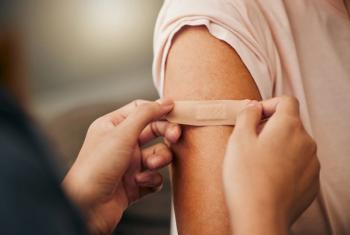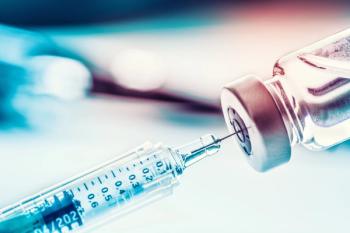
The young and the restless: A pediatrician's guide to managing sleep problems
Desperate and weary, a mother brings her 3-year-old son to the pediatrician's office for help. The child has never slept through the night; upon awakening in the middle of the night, he calls out for his parents and wanders through the house. Consequently, his parents intervene by taking him into their bed, where everyone's sleep is compromised.
During the day, the patient is described as fussy and irritable. His mother is worn down by three years of sleep deprivation, while his father has resorted to sleeping on the couch rather than face never-ending sleepless nights and exhausting days. He is also becoming increasingly withdrawn from his wife and son. How do you begin to help this family?
Sleep development and disruptions
Another normal developmental change noted in sleep is the amount of time spent in the rapid eye movement, or REM, stage. Newborns spend about half of their total sleep time in REM, gradually decreasing to about one-fifth of total sleep time for children and adults. The exact mechanism served by REM sleep remains unclear; however, it is thought to impact memory and learning. In addition, various biological processes appear to be modulated by sleep, including the immune system and secretion of growth hormones.9,10
Risk factors for the development of sleep disruptions include medical conditions (craniofacial disorders, chronic lung disease, failure to thrive, obesity, etc.), acute illnesses (such as otitis media), and medications (stimulants, bronchodilators, or anticonvulsants). Children with developmental disabilities are also at increased risk for sleep disorders. Children with attention-deficit hyperactivity disorder (ADHD) have twice the risk of sleep-related problems compared to children without ADHD. And 85% of children with autism spectrum disorder (ASD) exhibit sleep-related problems.12,13 Adolescents present special risk for sleep disruptions, in part due to biological maturation and changes related to sleep/wake cycle, irregular sleep patterns, and often earlier starting times of high schools, precluding later waking times.1
Newsletter
Access practical, evidence-based guidance to support better care for our youngest patients. Join our email list for the latest clinical updates.










